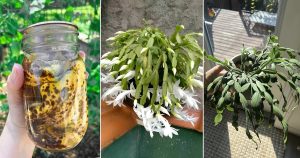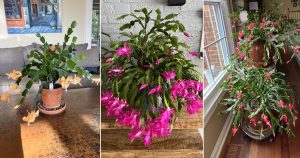Find watering plants to be tricky? Well, here are things you should always do before watering any succulent.
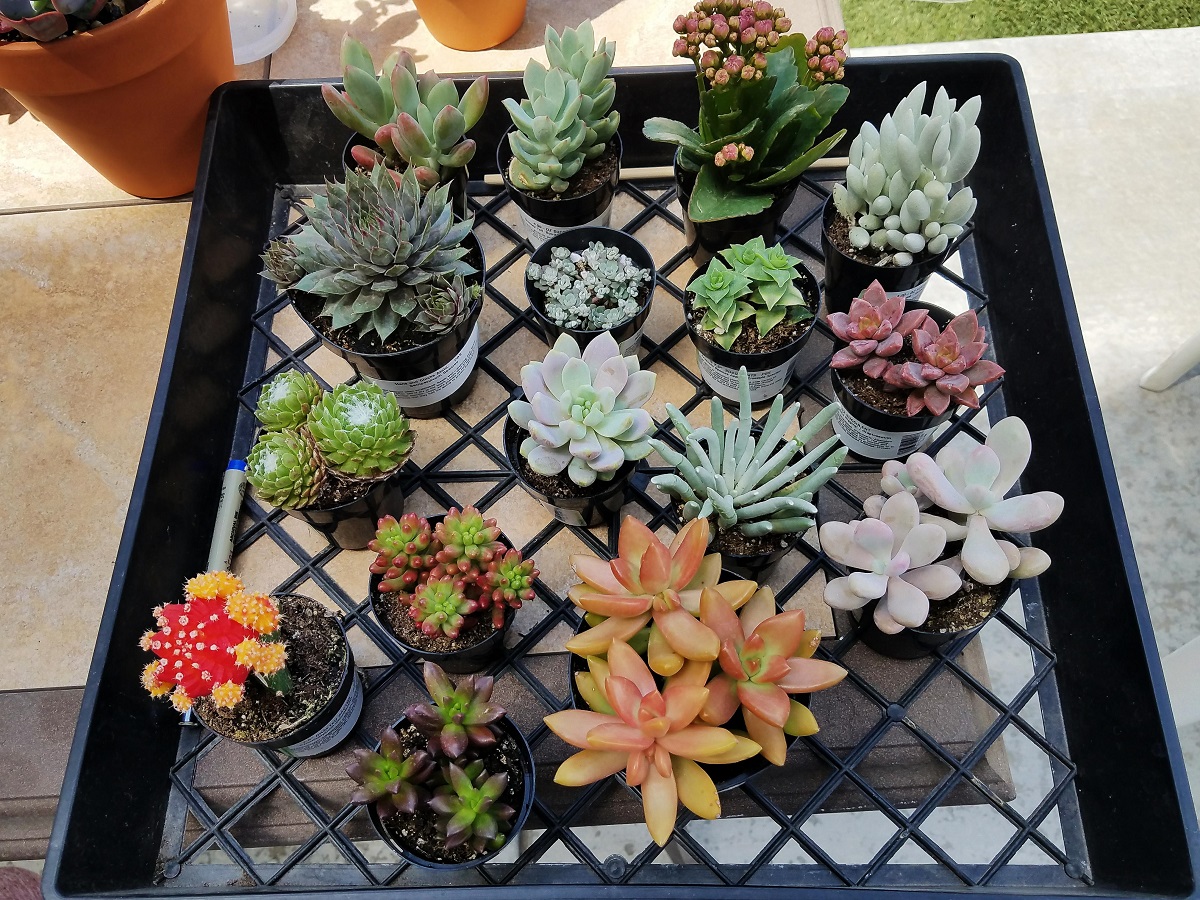
If you’ve only grown houseplants so far, watering succulents might feel like a whole different ball game. They don’t handle excess water well and can quickly suffer from root rot if left sitting in soggy soil. But to make your plant parenting journey easier, here are a few important things to check before watering any succulent.
Things To Remember Before Watering Any Succulent
1. Water Deeply but Rarely
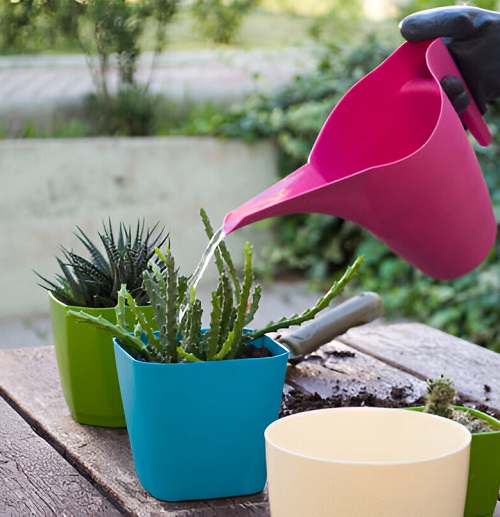
We all know that succulents usually grow in deserts or similar arid regions. Of course, it doesn’t rain much there. So, how do they even survive? Well, they soak up all the water they can whenever it does rain!
That’s the kind of environment you want to recreate. It might sound strange, but unlike houseplants that need a little water often, succulents prefer a good soak. This tells the plant to absorb as much moisture as possible and store it—just in case there’s a dry spell coming. And how do you create that “drought”? By waiting until the soil is bone dry before watering again.
If the soil feels even a little damp when you check with your finger, hold off and wait a couple more days. This simple habit can really help prevent root rot.
Also, always water around the base of the plant and avoid getting water on the leaves—especially for rosette-forming succulents like Echeveria. Water trapped in the center can lead to rot.
2. Let Your Plants Breathe!
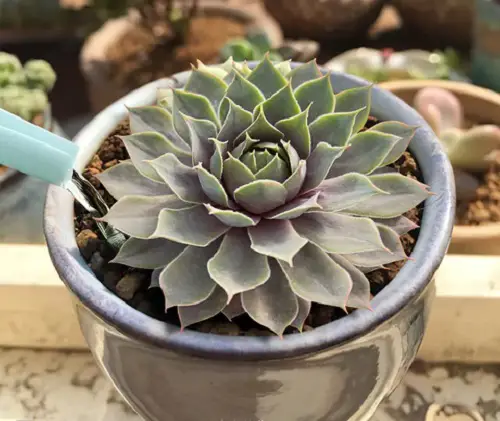
So, with some preliminary research, you might already know that drainage holes in succulent containers are absolutely mandatory. While these allow the excess water to drain out, you need to ensure something else for your succulents, and that is ventilation!
Proper airflow helps the soil dry out faster, especially in winter when moisture tends to stick around longer. To keep air moving freely, avoid crowding your succulents with tropical houseplants, which raise humidity levels.
Most importantly, always water in the mornings and from the bottom when it comes to succulents. Top watering can leave calcium marks on the leaves and even cause leaf burn. Instead, water at the base, near the roots, and let the excess drain out of the bottom of the pot.
Pro Tip: If your succulent is on a windowsill or crowded shelf, rotate the pot every few days to allow airflow on all sides. This also helps the plant grow evenly toward the light.
3. Forget Watering in Winter
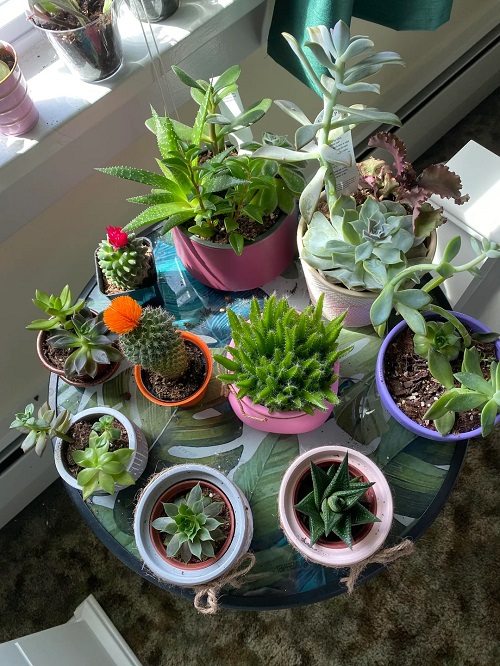
Yes, you read that right! Succulents don’t need much water during winter—not because they want to be ignored, but because most of them go dormant in cooler temperatures. That means they slow down growth and don’t need as much water or food.
But here’s the catch—keep the temperature within the safe range of 60–110°F (15–43°C). While many succulents are pretty tough, freezing temperatures can be a death sentence. They might handle short dips to 50°F (10°C), but don’t push your luck for long!
Also, move dormant succulents near a bright window so they still get some indirect sunlight. Just because they’re resting doesn’t mean they want to be left in the dark.
4. Winning Duo of Right Pot and Right Soil
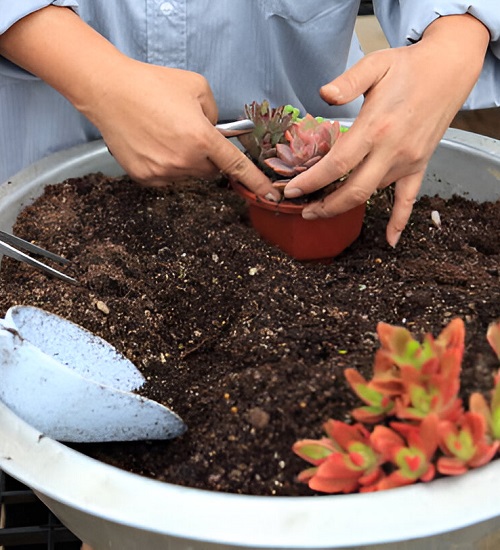
Speaking of things to do before watering, this is pretty much the first thing to do when you get a succulent!
First, the pot. Succulents don’t need a huge pot. What they need is a container with excellent drainage—look for pots with large drainage holes that allow water to escape quickly.
Next, the soil. You can find ready-made succulent mixes in stores, but if you want the best results (and understand your plant better), make your own mix.
The idea is to create a light, well-draining mix that lets roots breathe. Healthy roots = happy plant! A good mix includes equal parts perlite, woodchips, compost, cocopeat, and sand. This combo gives you both structure and moisture control.
You can also use breathable containers like terracotta instead of plastic. Terracotta naturally absorbs moisture from the soil, which really helps in humid or rainy conditions.
Pro tip: If you live in a humid area, add neem cake powder to your soil mix. It helps prevent fungal growth and root rot!
5. The Sandy Trick

Though the previous tips are mostly the major ones you have to take care of when watering your succulents, here is a bonus one! This is for those times that you may have overwatered your succulent (we all make mistakes, after all!) and the soil refuses to dry out.
This can especially happen in winter. You may be following a pattern from the warmer months, and it can take some getting used to before you start watering less. So, when you find damp soil in your succulent pot in winter, add a layer of sand over the top. This will definitely speed up the process!
You can also scoop out the top 1–2 inches of soggy soil and replace it with a dry mix. This reduces moisture near the stem and keeps rot at bay.
So, these were the things to remember before watering your succulent. Follow these and let us in on your succulent growing journey in the comments below!



